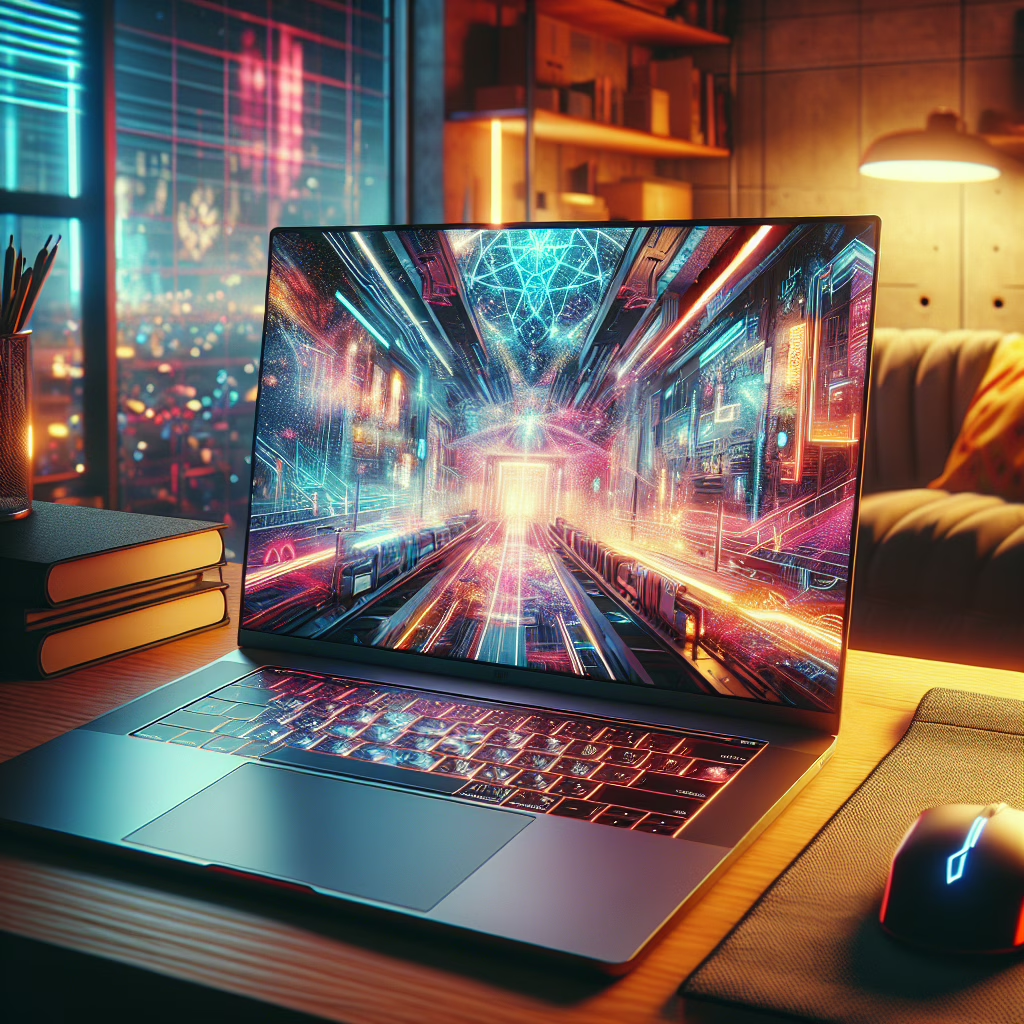Ah, Cyberpunk 2077—the game that promised us a neon-lit dystopia but delivered a delightful mix of glitches and grandeur. If you’ve ever dreamt of exploring Night City on a Mac, you’re in for a treat! In this article, we dive into how well Cyberpunk 2077 runs on the shiny new M1 and M4 Macs compared to their Windows counterparts. Spoiler alert: it’s not all doom and gloom!
Benchmarks Galore: M1 and M4 Macs vs. Windows
In the great gaming showdown of our times, we took to the streets of Night City with our trusty M1 and M4 Macs, armed with benchmarks that could make even the most stoic gamer raise an eyebrow. The performance metrics might surprise you—especially if you’ve been led to believe that gaming is a Windows-only affair.
First up, let’s talk about the M1 chip. This little powerhouse has been making waves since its debut in the gaming community, proving that Apple isn’t just about sleek designs and overpriced accessories. With its integrated GPU, gamers found themselves pleasantly surprised. When we cranked up the settings to medium (because who doesn’t love a good compromise?), the frame rates were surprisingly smooth. We’re talking about 30-40 frames per second at 1080p—perfect for dodging those pesky flying cars!
The M4 Magic: A Game Changer?
Then came the M4 chip, strutting onto the scene like it owned the place. With improved graphics capabilities and a snazzy architecture, this chip really took things up a notch. Running Cyberpunk 2077 at high settings pushed frame rates into the glorious realm of 50-60 FPS at 1440p! Who knew that a Mac could turn into such a beast? It’s almost as if Apple said, “Let them game!”
Now, before you toss your Windows laptop out the window (please don’t—those things are expensive), let’s talk about how these Macs stack up against traditional gaming rigs. For context, most mid-range PCs can comfortably run Cyberpunk at high settings with frame rates over 60 FPS. So while our beloved Macs are getting close, they aren’t quite ready to dethrone Windows just yet.
Graphics Settings: Finding Your Sweet Spot
In the quest for optimal gameplay, finding the right balance in graphics settings is crucial—unless you enjoy watching your character glitch through walls like they’re auditioning for a role in an avant-garde film.
On both M1 and M4 Macs, adjusting settings like shadows and texture quality can lead to a smoother experience without sacrificing too much visual fidelity. Think of it as dressing your character in stylish yet practical attire—functional but fabulous!
Tips for Gaming on Mac in 2025
If you’re planning on diving headfirst into Cyberpunk 2077 or any other demanding titles on your Mac this year, here are some handy tips:
- Keep Your Software Updated: Regular updates can improve performance significantly. So don’t ignore those notifications like they’re spam emails!
- Optimize Your Settings: Experiment with different settings to see what works best for your setup. Sometimes less is more—just like with fashion choices.
- Consider External Cooling: Gaming can heat things up (and we’re not just talking about the plot twists). An external fan can help keep your Mac cool under pressure.
- Ditch Background Apps: Close unnecessary applications before launching your game. Every little bit helps when battling against lag!
The Verdict: Is Mac Gaming Here to Stay?
So, what’s the final verdict? Can we confidently declare that gaming on M1 and M4 Macs is viable? Well, yes! While it may not completely rival dedicated gaming PCs just yet, Apple has certainly made impressive strides in making their computers more gamer-friendly.
With ongoing updates and improvements, who knows what future iterations of Mac chips will bring? Maybe one day we’ll be able to flaunt ultra-settings without breaking a sweat! Until then, keep those expectations tempered but hopeful.
Did you enjoy this journey through Night City? Have you tried playing Cyberpunk 2077 on your Mac? Share your experiences in the comments below! And if you want to dive deeper into the original benchmarks that inspired this article, check out this amazing piece by Tom’s Guide. A big thank you to them for shedding light on this topic!

